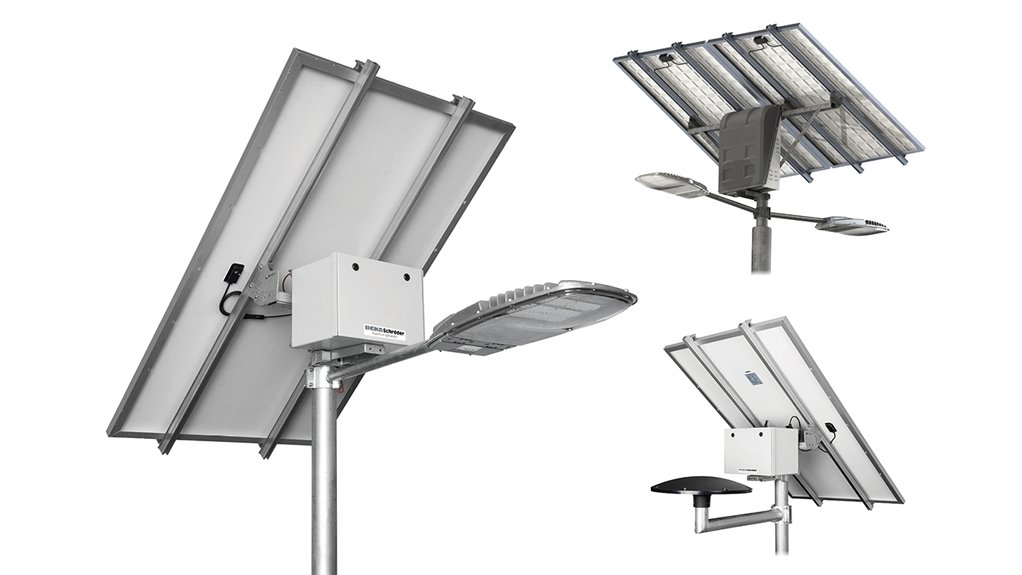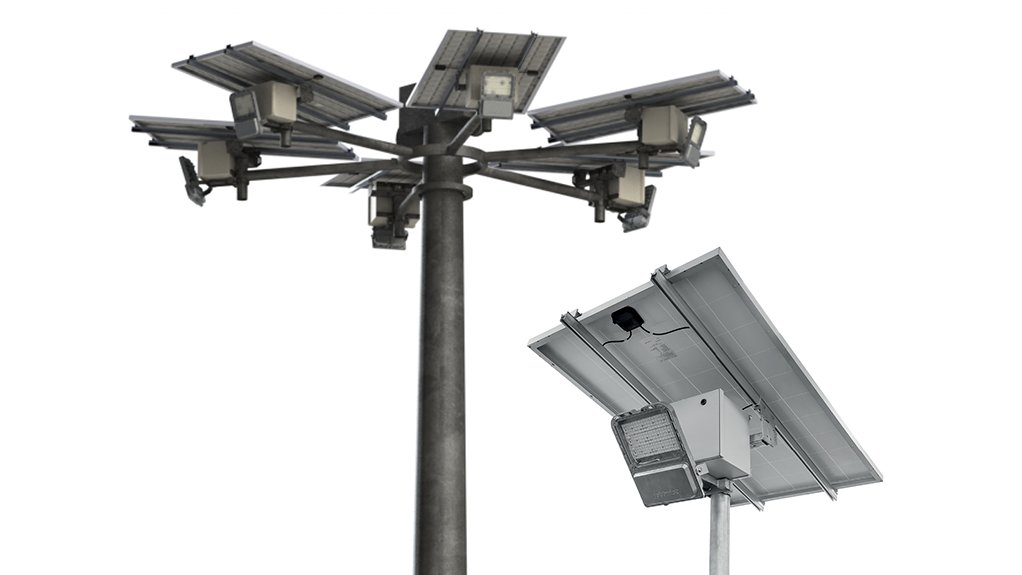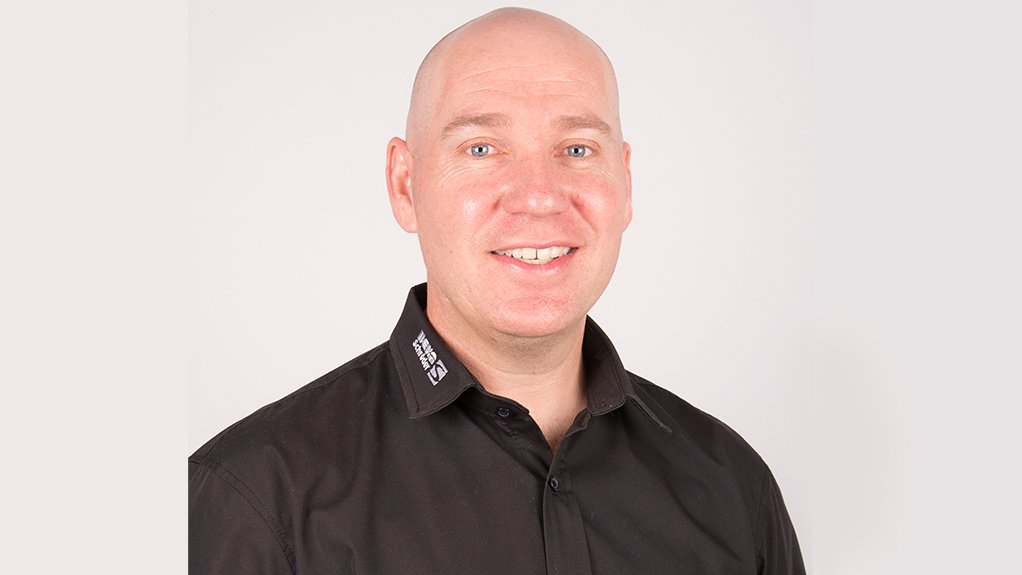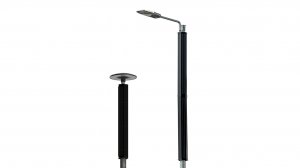As companies worldwide have become obliged to implement energy-saving methods, the growing popularity of light-emitting diodes (LEDs) in a variety of lighting applications has dominated the industry, including in mining operations, says lighting manufacturer BEKA Schréder industrial branch manager Phillip Vermeulen.
Using LED luminaires in mining operations is already a “massive energy-saving solution”, contributing to lower energy and maintenance costs, owing to a longer life, he explains.
BEKA Schréder provides the correct lighting solutions by optimising the electrical, optical, and mechanical design of luminaires using contemporary technology while ensuring intelligent and sustainable lighting solutions for improved safety, reduced energy consumption and reduced cost of ownership.
BEKA Schréder’s offering includes the local development and manufacturing of energy efficient LED lighting products, which BEKA Schréder designs for local conditions.
In this regard, the third generation BEKA SOLAR offers a renewable lighting solution to operate in any challenging African environment, as the range – coupled with either the ZIYA or KAZELLE luminaires – provides a reliable lighting solution with a high ingress protection (IP) level that withstands high ambient temperatures and vandalism.
The luminaires are also sustainable off-grid and perform with a superior lumen per watt ratio.
The photovoltaic energy conversion is optimised by efficient polycrystalline solar module technology to maximise solar energy.
Vermeulen and BEKA Schréder marketing and segment manager Grant Combrink highlight the company’s SOLARFLOOD and SOLARPOLE products – a lighting high-mast solution and vertical aesthetic solar lighting solution respectively – that can be used in various applications.
Vermeulen refers to the vertical SOLARPOLE’s use on semi-rural roads leading up to mines or tailings dam operations, as it is “much better suited to mining”, as there is no maintenance required.
The IP65-rated SOLARPOLE provides a reliable lighting solution for road applications. It is specifically engineered for high aesthetics and wind resistance and designed to operate reliably at a high light output during the evening depending on the customers’ needs and geographical location.
The SOLARFLOOD is often used in outdoor open areas and rural applications, where it provides a high-performing, robust option for off-grid solar lighting requirements.
With an IP66 level, it has sufficient autonomy to cater for up to two continuous overcast or rainy days to continue its reliable night operation.
It was specifically engineered for locations in Africa, with long-life lithium energy storage technology part of its design.
Further, from a longevity standpoint, BEKA Schréder’s solar product ranges have been in circulation for several years, though Vermeulen notes that they are always in “constant development”, with newer third- and fourth-generation iterations expected to launch in 2023.
“Energy-saving solutions have always been a part of the company ethos, and now that we’ve created a full portfolio that covers most applications, we will continue to explore and add more products to that,” comments Combrink.
Wireless Lighting Control Solution
For operations outside the mining space, BEKA Schréder has a complete user- and installer-friendly wireless control solution, called the Schréder ITERRA.
ITERRA is a fully remote and wireless control system for lighting, with an intuitive visual interface, which can be used through a mobile application that can be downloaded from the Google Play or Apple App store.
The system offers site managers a robust, cost-effective and futureproof platform to run their infrastructure with flexibility to adapt lighting to any scenario while maximising energy savings.
Schréder ITERRA is based on Bluetooth Low Energy, a “state-of-the-art wireless communication standard” that is fully compatible with all recent smartphones, tablets and smartwatches.
The plug-and-play remote control solution is, however, difficult to integrate into a mining system, Vermeulen and Combrink say, though it can be used for amenities or applications surrounding the operation, such as the roads leading up to the project site or even the mining house.
“We’re trying to not only resolve an energy savings issue but also implement a security or alarm system to assist these mining operations. The technology is developing so fast, but we’re hoping the mining industry will embrace automation even in lighting as the world evolves in all sectors,” he concludes.
Edited by: Creamer Media Reporter
EMAIL THIS ARTICLE SAVE THIS ARTICLE
ARTICLE ENQUIRY
To subscribe email subscriptions@creamermedia.co.za or click here
To advertise email advertising@creamermedia.co.za or click here





















